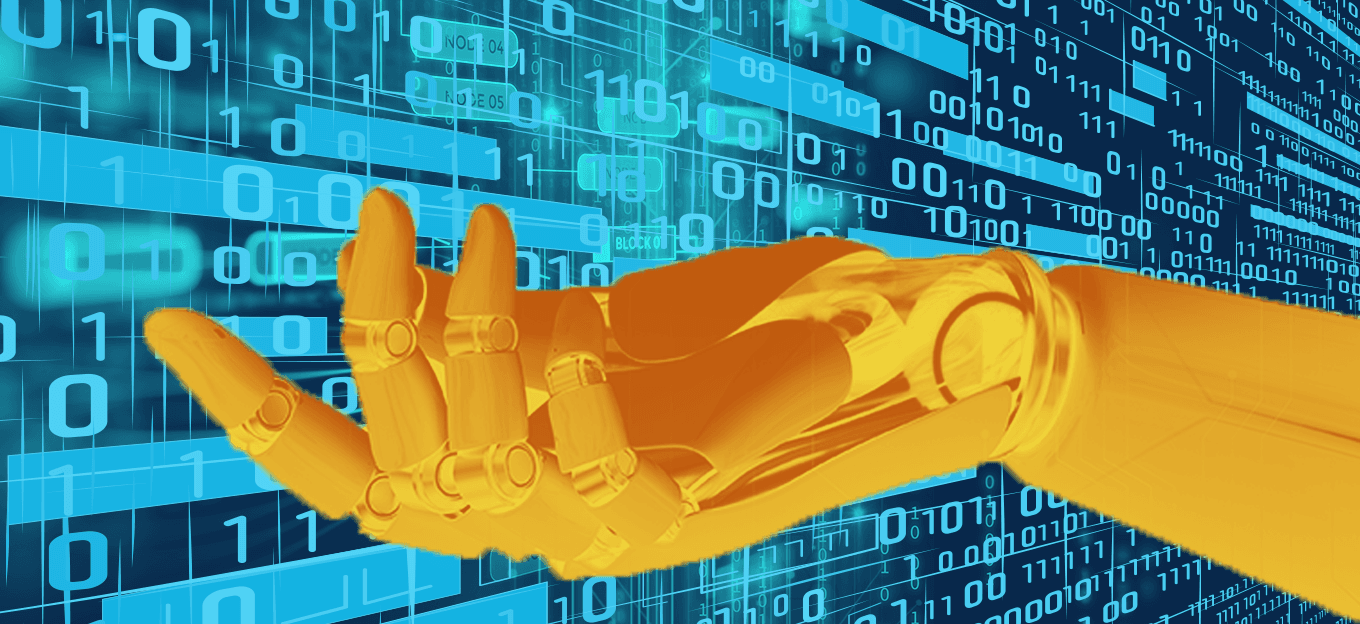Artificial Intelligence on the Edge
Artificial Intelligence on the Edge
- Last Updated: July 1, 2025
Silicon Labs
- Last Updated: July 1, 2025



When we allow ourselves to be drawn into the world of science fiction, the concept of Artificial Intelligence and Machine Learning (AI/ML) conjures up visions of Neo, Trinity, and Morpheus battling the machine in the Matrix films.
However, in real life, AI/ML helps developers create better and lower-cost IoT end nodes that will benefit an ecosystem where their products exist. The benefits of AI/ML are far deeper than simply that of better decision-making in the end node; some optimizations come about bringing valuable benefits to all involved, including the consumer, the developer, and the operator.
AI and ML
AI/ML isn’t a new concept, but its use has traditionally been made available through power-hungry, more expensive platforms that many users share at once. Centralized data centers offered the tech sector a limited exposure to the rising CapEx and OpEx cost, as it started to build and use an ever-increasing reliance on storage and compute capability for its data. This is because the data center phenomenon allowed the tech sector to share servers, utilities, cooling, real estate, and security. Furthermore, it provided an ability to scale up and down resources as required, such as the amount of compute and storage needed. Due to the shared nature of cost, new technologies such as AI/ML could be made available faster.
To avoid the unnecessary movement of non-critical data, AI is returning computing power to edge devices, influencing developers to take advantage of AI and data analytics.
The interconnection of globally distributed data centers also offered the tech sector the ability to use regional facilities. An IoT company based in the US could offer services to consumers in Europe without incurring a transatlantic delay. Data is transmitted and routed between the continents or falling foul to the nuances of regional privacy and data protection laws. Such requirements are important if you consider that a lighting switch with a two-second delay before lights are illuminated would not have aligned with consumer expectations and would therefore struggle to become a commercial success.
Datacenters and the cloud have made it possible for new domestic and international business opportunities. Developers have established new mechanisms to save the consumer and the business entity money.
An operator no longer needs to roll a maintenance truck to business because the ice machine in the hotel may need attention; the operator need only send a maintenance truck because they know it needs attention, therefore saving the company tens of thousands of dollars in operational expenses.
Unnecessary Movement of Non-Critical Data
Using AI/ML to see these tiny signatures in a device before the failure happens can be complex because the associated signatures can be tiny and therefore subtle. These changes could be vibrational in the pump’s motor or slight temperature changes in a heat exchanger or condenser: something an individual might not recognize or even see. The example of connected ice makers may not appear to drive the volumes that many developers would interpret as a concern but consider those same concerns or business models applied to a warehouse or hotel lighting. Thousands of lightbulbs may exist in a warehouse, each positioned over shelving or machinery that would need to be moved to replace a bulb, which in turn means stopping a production line at possibly the most critical moment.
Predictive maintenance and cloud analytics are becoming big businesses, and AI/ML offers an easy way to perform an automated evaluation of the data it generates. Still, these new business models do lead to the creation of an enormous volume of data. This, in turn, has created new and interesting technical challenges that developers and operators now need to deal with.
Those problems appear to be scaling problems on the surface-- add more servers, add more storage, and other data center-based consumables, but fixing these issues doesn’t fix the increasing number of problems forming at the other end of the data pipe.
In most applications, the data is generated by some form of sensor, which requires power and bandwidth. The bandwidth is also consumed in terms of the facilities’ internet uplink and RF spectrum. Sending massive volumes of data that may represent ‘no change’ is expensive; radios consume a lot of power, and in busy RF spectrums, they consume even more through transmission re-tries. More sensors lead to even busier RF environments and the need for more battery maintenance. In addition to the issues surrounding battery life and local bandwidth, some applications may be more susceptible to security concerns that come about. Massive quantities of data can form patterns that those with malicious intent could take advantage of if intercepted.
Computing on the Edge
There is a growing trend to thwart these issues to return a lot of that decision-making to the end node, reducing the radioactivity to only data determined as more important. This reduces the power consumption, bandwidth, and digital signature. The caveat of returning that decision-making to the end node may mean an increase in end-node processing, storage, and, once again, power consumption. It seems that the IoT is caught in a vicious circle limiting its accessibility and market growth.
Innovations in artificial intelligence have enabled the use of smaller microcontrollers, such as an ARM Cortex-M, and call on smaller memory resources for both flash and RAM. The code size used to implement AI in a system can also be much smaller than that of traditional coding when implementing complex algorithms that address any real-life corner cases. This also makes firmware updates smaller, faster to develop, and easier to distribute across large sensor fleets.
Many developers take advantage of AI in end-node sensor products to enhance their designs and better the experience for both consumers and operators alike. Examples of AI technology can be quickly prototyped using development kits.
Kits can be used to demonstrate a pump monitoring system. The ability to shrink wireless sensors, prolong their life and adopt better security, all without destroying the local RF spectrum with noise, means more useful sensors can be deployed to enhance productivity and comfort in the field. Everyday products such as wall switches, environmental sensors, and even curbside trash sensors can be included in automation and monitoring ecosystems at an attractive cost and performance point.
The Most Comprehensive IoT Newsletter for Enterprises
Showcasing the highest-quality content, resources, news, and insights from the world of the Internet of Things. Subscribe to remain informed and up-to-date.
New Podcast Episode

IoT and AI in 2026
Related Articles





